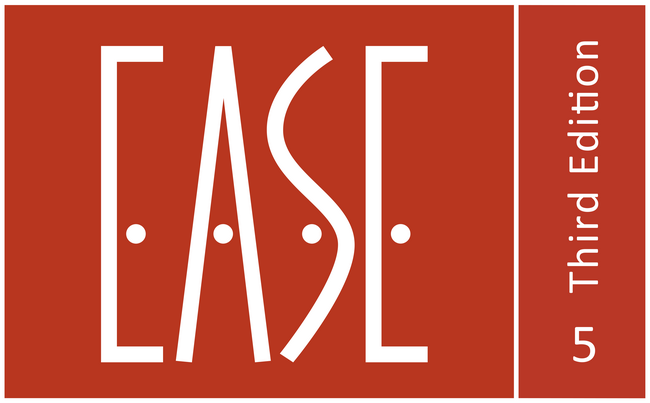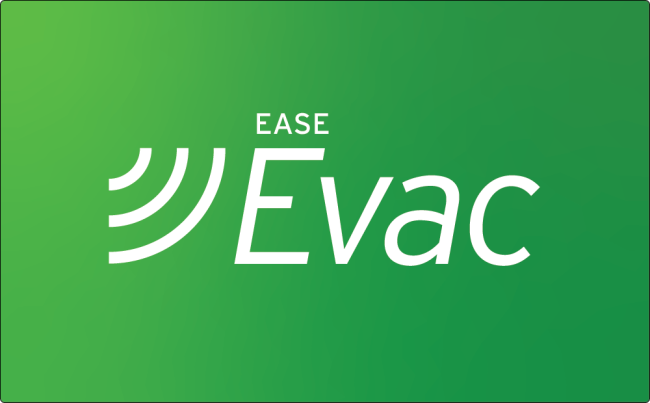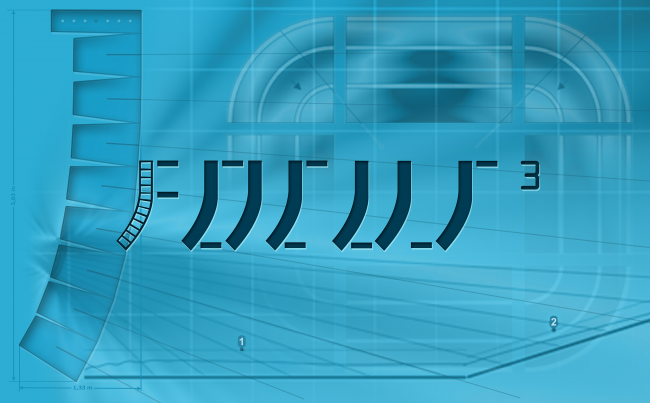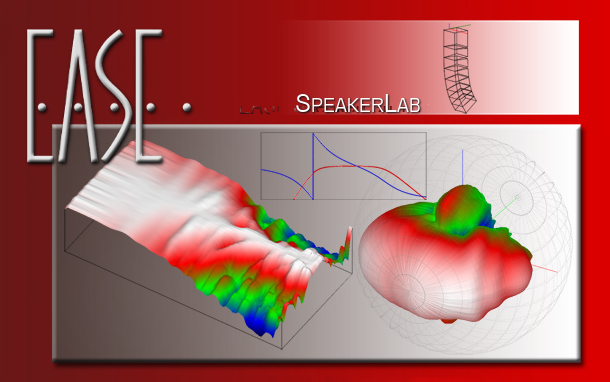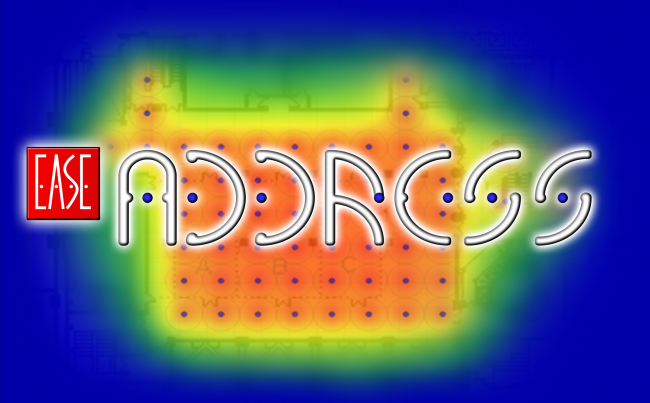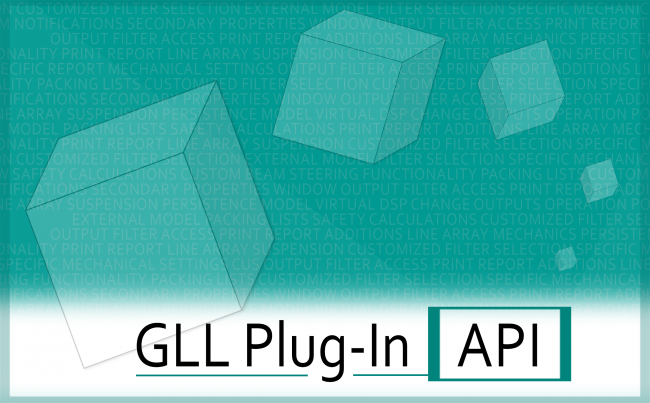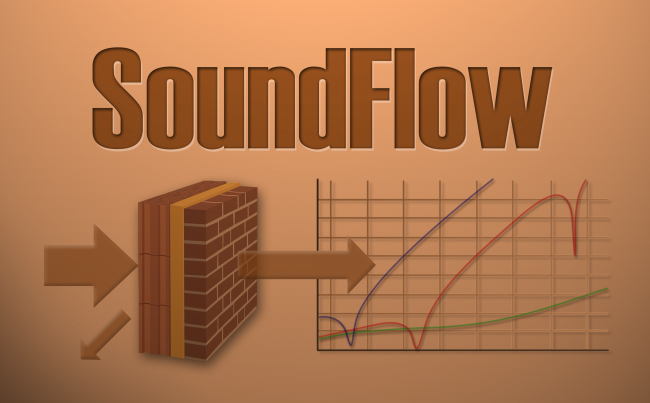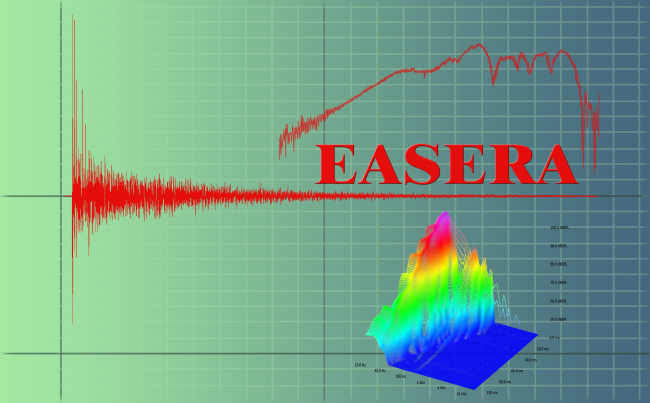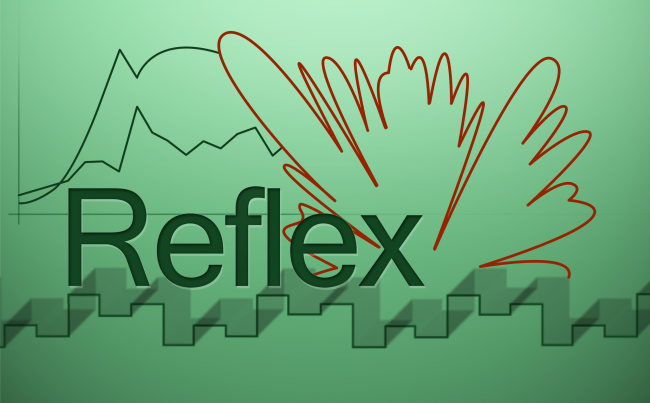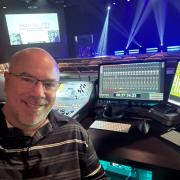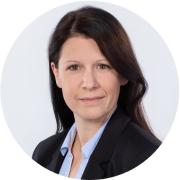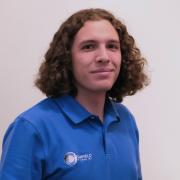How many FIR channels make sense for my system?
FIRmaker can work on any level: FIR processing can be applied to individual transducers in a cabinet, to groups of transducers, to entire cabinets or to groups of cabinets (e.g. pairs).
For many practical applications one FIR-channel per cabinet seems to provide a good compromise between improved sound quality and required processing power. In principle, the optimized performance of the line array is determined by the spatial resolution of the sound sources to which FIR processing is applied.
How does optimization for uniform coverage affect achievable SPL?
FIRmaker, of course, has to obey the laws of physics. Priorities can be chosen e.g. between a substantial improvement in sound uniformity and maximum achievable SPL. Physics will always dictate a trade-off. However, FIRmaker usually provides far better optimizations within those limits than any conventional tuning could ever achieve.
What kind of FIR filters are needed?
FIRmaker FIR filters are non-symmetrical, complex-valued transfer functions. Despite their excellent performance they have a compact time behavior and a very smooth frequency response in both magnitude and phase. This, in turn, allows for implementation with a comparably low FIR tap count and low latency.
Currently, nearly every available DSP is capable of implementing the filters generated by FIRmaker.
How bad is the “pre-ringing” of the FIR filters? Won’t this make the loudspeaker system sound bad?
FIRmaker does not generate linear phase filters. As such, the filters are not symmetrical in time about the peak of the filter’s impulse response. There is no requirement for the filters generated by FIRmaker to have pre-ringing. The transient behavior of the system will not be influenced.
How can consultants, system technicians and installers employ FIRmaker in practice?
Since AFMG FIRmaker is a technology that deeply influences the complete system behavior from the DSP block through limiting, amplification, crossover (or vice-versa) to each transducer, AFMG will implement the technology in close partnership with each loudspeaker manufacturer.
How long does it take to run FIRmaker optimizations?
FIRmaker results are available in a few seconds. Simple setups typically require 2 to 10 seconds of computation time, complicated setups require 10 to 30 seconds.
These numbers are based on the performance of readily available laptops. Performance will probably be increased even more once specific implementations allow further customization of the underlying algorithms.
Does FIRmaker only work with external DSP controllers or amplifiers?
No, FIRmaker can also be used in loudspeakers equipped with on-board DSP. This applies for example to more sophisticated powered line arrays as well as to digitally steerable column loudspeakers.
In general, any possible combination of DSP / amplifyers / transducers within single or multiple cabinets or in a unified housing is possible as long as the hardware and DSP software allows storing of separate FIR filters into every DSP block.
Can FIRmaker be used with existing loudspeaker systems?
Yes. AFMG FIRmaker only requires high-resolution loudspeaker modeling data as well as FIR processing capabilities. It will work with both, purpose-designed systems as well as existing products.
FIRmaker could even be applied to improve existing installations for better musical performance, increased speech intelligibility or higher signal-to-noise ratio.
Does FIRmaker require on-site measurements?
No, FIRmaker is using high-resolution loudspeaker modeling data to simulate the performance of the system. Based on that FIRmaker computes optimal FIR filters for each DSP channel. Extensive tests in the field have shown that the accuracy of the simulation predicts system performance better than measurable differences of the real setup.
On-site measurements e.g. with SysTune or EASERA can, of course, be performed additionally to refine the performance and align the array to other parts of the sound system.
AFMG SysTune & SysTune Plug-In API Upgrade History
SDK for SysTune Plug-In API v2.2
29.01.2019
- New SDK version for SysTune Plug-In API now supports 64-bit clients / plug-ins.
- Updated code samples and dependencies.
AFMG SysTune v1.3.7
08.12.2014
Solved issues occurring with licensing under rare configurations of Microsoft Windows 8.1
AFMG SysTune v1.3.6
15.10.2014




